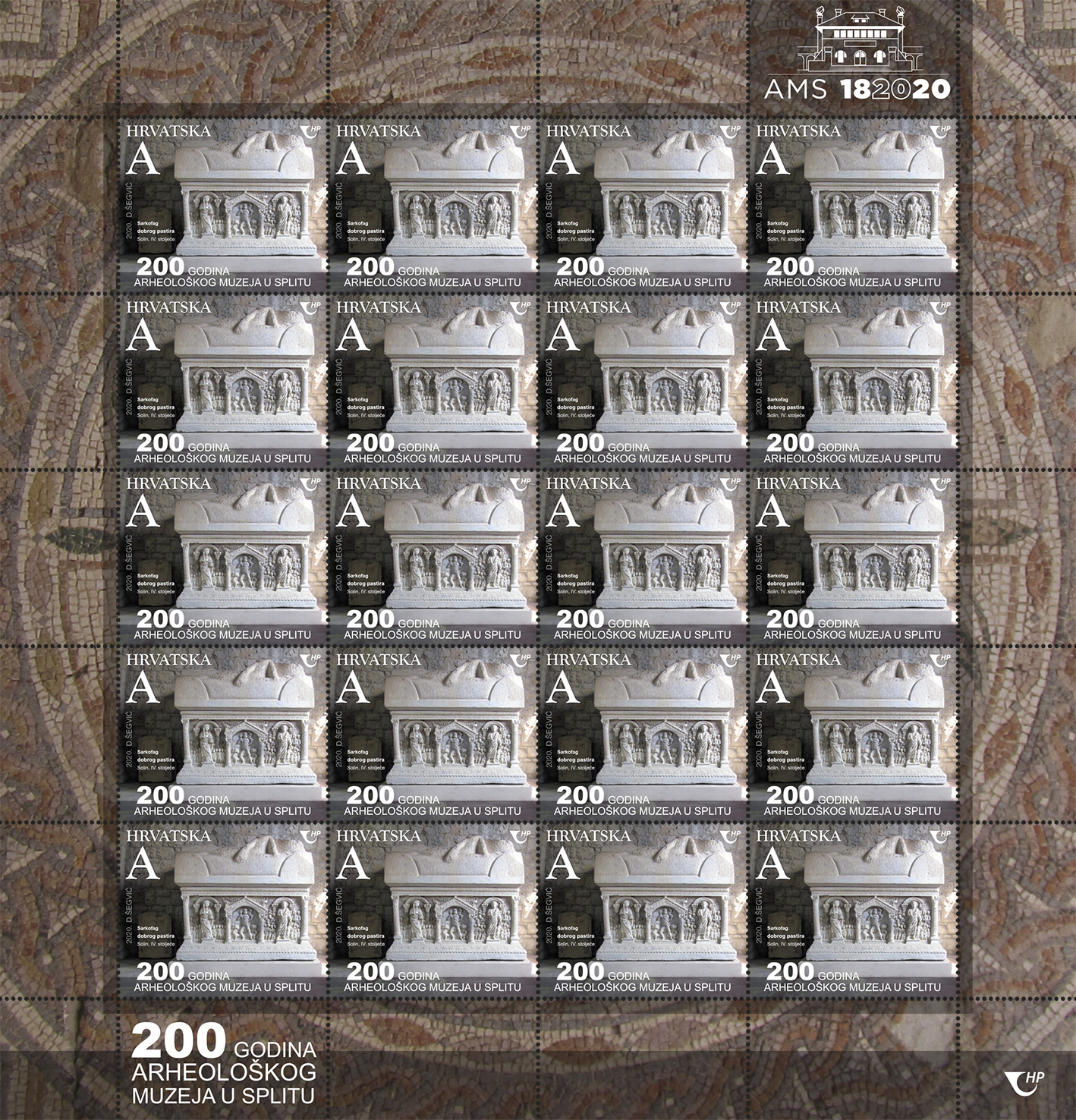Split Archeology Museum Marks Its 200th Anniversary
August 23, 2020 - The Archaeological Museum in Split is the oldest in Croatia and Southeastern Europe. Established in 1820, the museum initially didn't have its building, but the items were placed in rented warehouses. Dr. Karlo Lanza was appointed the first director, but the Golden Age of the Archaeological Museum and Archeology, in general, began in 1884 with the appointment of Don Frane Bulić, the father of Croatian archeology.
Today the Museum has tens of thousands of different archaeological objects, sorted by historical periods and localities. The Archaeological Museum has a significant library and archive fund, and since 1878 it has been the publisher of the oldest archaeological journal "Journal of Dalmatian Archeology and History".
In addition to collecting, processing and presenting archaeological material and monuments, the Museum conducts systematic archaeological research at the sites in Salona and Issa, and has a handy collection at the site of Salona, with a building in Solin - Tusculum, a collection in Issa in the Gospina Batarija building and the eponymous site in the town of Vis.
Namely, Slobodna Dalmacija reports that ceremony marking the 200th anniversary of the museum was held yesterday, on Marmontova Street, where an exhibition of photographs "Salona", by Vicko Vidan, was set up. After that, a concert by Terezija Kusanović and friends and the Papadopoulo quartet was held in the museum.
The director of the institution, Ante Jurčević, announced: "Two hundred years since the founding of the Archaeological Museum in Split is a significant anniversary for Croatian archeology, which will be solemnly marked through numerous events in the coming months. The commemoration ceremony begins on the day of its founding, with a concert in the museum garden and an exhibition of photographs in Marmontova Street, while the culmination of the celebration is planned for December 15, with the opening of an exhibition dedicated to the archaeological research of the Hellenistic and ancient city of Issa and the ceremonial academy at the Croatian National Theater in Split".
For the latest travel info, bookmark our main travel info article, which is updated daily.
Read the Croatian Travel Update in your language - now available in 24 languages
Join the Total Croatia Travel INFO Viber community.
Oldest Museum Institution in Southeast Europe: Split Archaeological Museum Celebrates 200 Years
August 15, 2020 - On August 17, 2020, the Croatian Post will launch a new commemorative postage stamp for the 200th anniversary of the Split Archaeological Museum.
Dalmacija Danas reports that the motif on the stamps is the sarcophagus of the good shepherd, which originates from Solin, from the 4th century. The author of the stamp is Duje Segvic, a designer from Split. The value of the stamp is marked with the letter "A", which corresponds to the amount of postage for a letter weighing up to 50 g in domestic traffic and for a postcard in domestic traffic.
The stamp was printed in a circulation of 100,000 copies and was issued in a sheet of 20 stamps. The Croatian Post also issued a First Day Cover (FDC). The first-day stamp will be in use on August 17 and 18, 2020, at a separate philately counter at the 10000 Zagreb Post Office.
The Archaeological Museum in Split was founded on August 22, 1820. This is a significant date not only for Croatian archeology and all Croatian museums, but also for the city of Split, the entire region, and the Republic of Croatia. At the same time, the Archaeological Museum in Split is the oldest museum institution in Southeast Europe.

The museum building, however, was not immediately located at the present site. Instead, until 1868, the building was located at the east wall of Diocletian's Palace, of which nothing has been preserved today. Today's museum building was built just before the First World War.
In March 1912, construction began on a new museum designed by Viennese architects August Kirstein and Friedrich Ohmann, which lasted until June 1914. Thus, the building of the Split Archaeological Museum, along with the building of the Museum of Arts and Crafts in Zagreb from 1888 and partly the Strossmayer Gallery of Old Masters of the Croatian Academy of Sciences and Arts from 1880, became the oldest purpose-built building, i.e., built exclusively for a museum in Croatia.
The new building has a large exhibition hall for smaller objects, a garden with a lapidary was intended for stone monuments, while in the basement there were depots. The available space met the needs of the museum until the 1960s when there were thoughts of expanding it by building a new building in the back garden.
Until 1910, when the Ethnographic Museum was founded, there was no other museum-gallery institution in Split than the Archaeological Museum. Thus, it collected the testimonies of Croatia's past that would not otherwise belong to it in terms of subject matter, with the care of its directors who were interested not only in archeology but also in history, old and rare books, maps, archives, and works of art.
To read more about lifestyle in Croatia, follow TCN's dedicated page.


